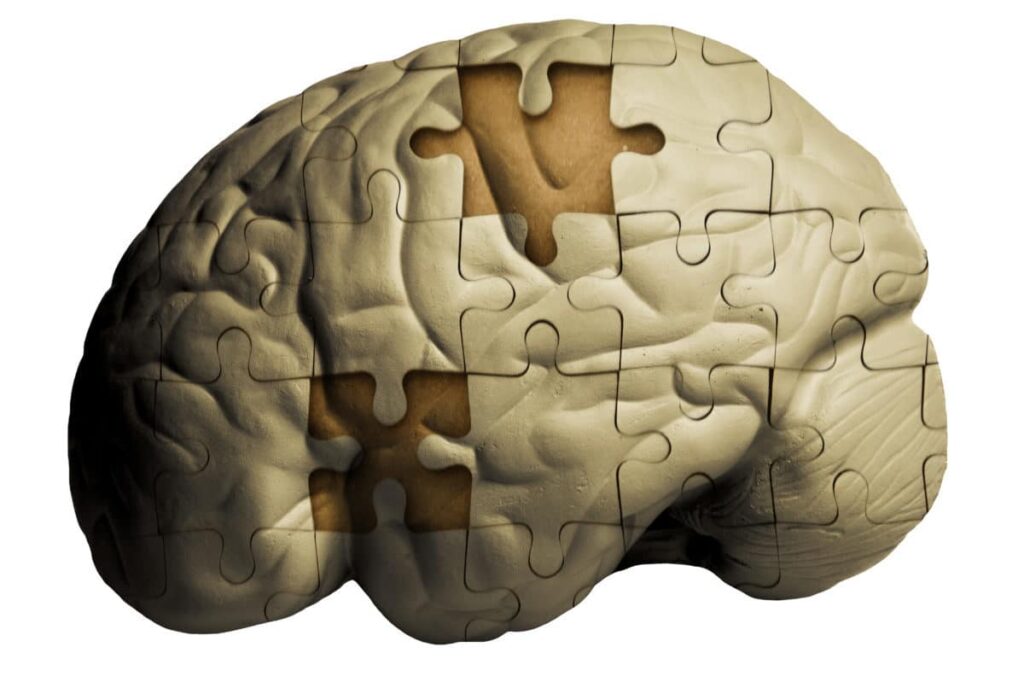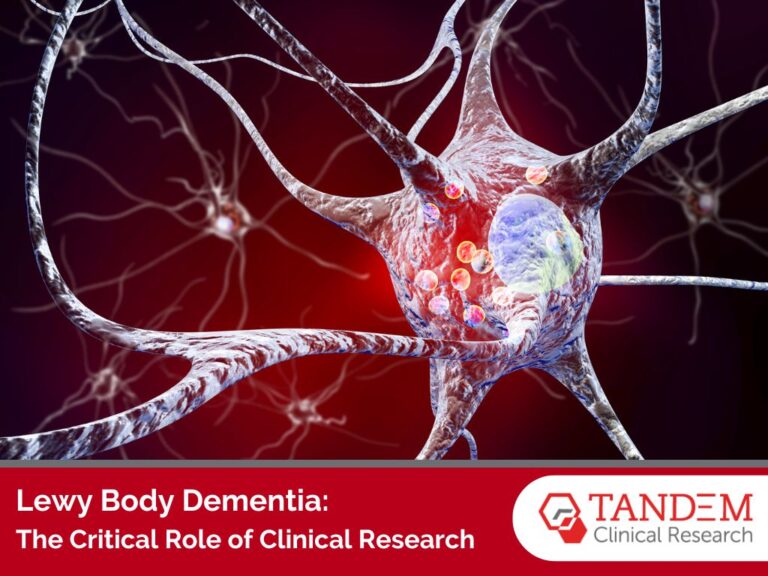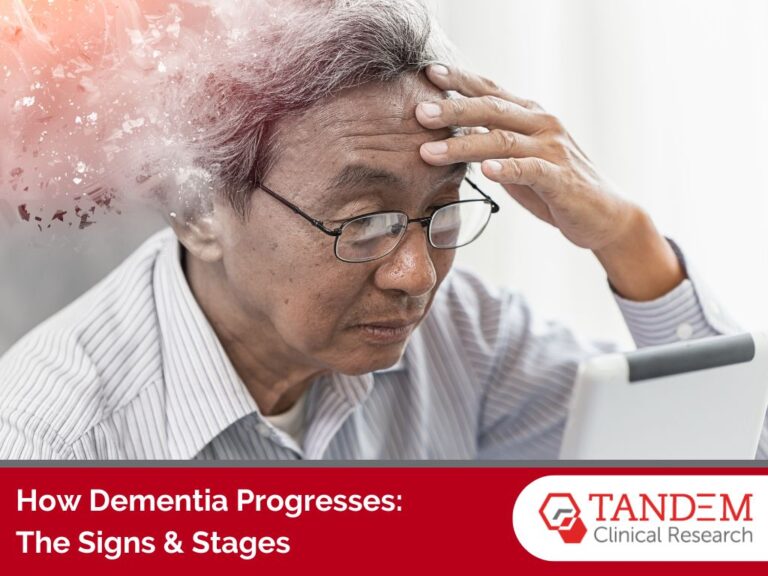
Alzheimer’s disease and dementia are both conditions that result in a decline in cognitive ability often toward the end of one’s life. These two terms are often used interchangeably, but they are distinctly different conditions.
In short, dementia is a general term used to describe certain types of cognitive decline. There are many different types of dementia, and Alzheimer’s disease is one of them. However, all cases of Alzheimer’s are a type of dementia, not all dementia cases fall under the Alzheimer’s category.
Unfortunately, dementia is relatively common – roughly one in three Americans die with Alzheimer’s or another form of dementia.
Due to the prevalence of these conditions in our society, it’s important to understand the difference between the two terms, particularly if you have a loved one who is experiencing cognitive decline.
In this blog post, we’ll take a closer look at both Alzheimer’s disease and dementia to help you understand what these conditions look like and how they might differ.
Understanding Alzheimer’s Disease
Alzheimer’s disease was originally discovered in 1906 by Dr. Alois Alzheimer in Germany. He noticed unique changes in the brain during an autopsy of a patient who had suffered from severe memory loss and other cognitive changes.
Alzheimer’s disease research continued throughout the 20th century, helping neurologists better understand this complex condition. The first treatments for Alzheimer’s disease emerged in the 1990s.
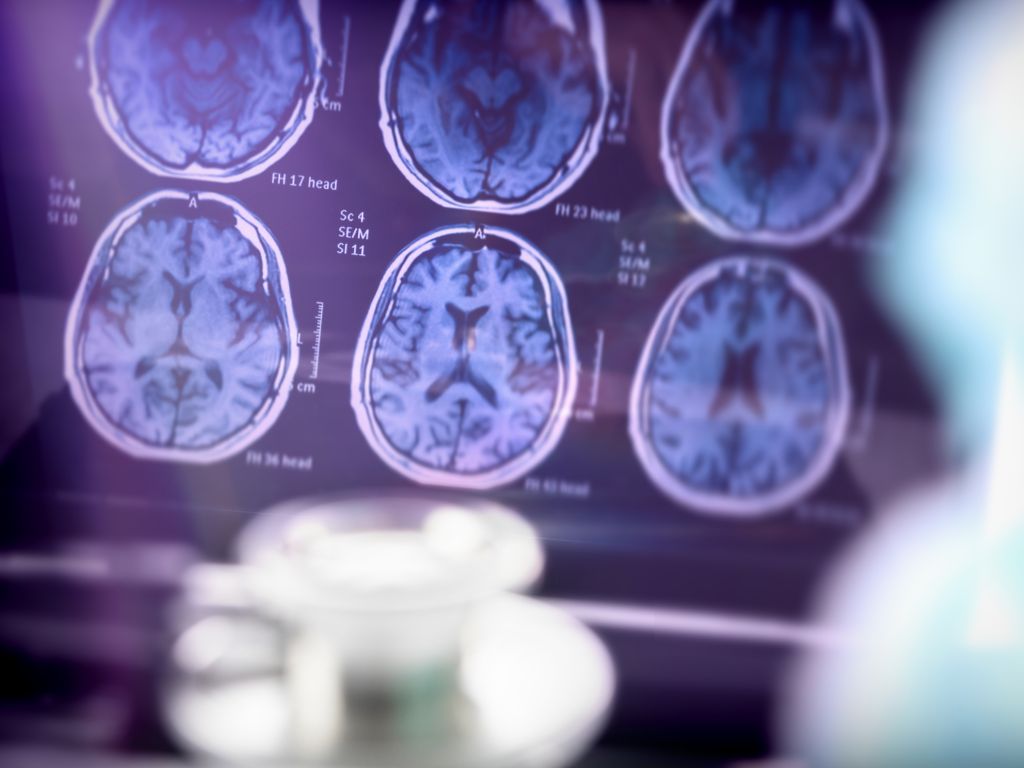
Today, Alzheimer’s disease is responsible for up to 80% of dementia cases. Most Alzheimer’s patients are diagnosed at the age of 65 or older. However, a small portion of patients are diagnosed before the age of 65 with “younger-onset” or “early-onset” Alzheimer’s. These early cases make up roughly 10% of Alzheimer’s cases.
As the disease progresses, the brain’s neurons slowly stop functioning and die, causing the brain to shrink. Another characteristic of Alzheimer’s disease is abnormal protein buildup in the brain. These proteins form tau tangles and amyloid plaques, which limit brain function.
Symptoms of Alzheimer’s Disease
Alzheimer’s is a progressive disease, which means that symptoms evolve and worsen over time. The initial changes in the brain start approximately ten (10) years before symptoms begin to show. The disease starts by affecting the brain’s memory centers but later spreads to other regions of the brain.
Some of the first symptoms of Alzheimer’s typically include:
- Misplacing items
- Difficulty remembering dates, times, or places
- Asking repetitive questions
- Getting lost
- Difficulty handling money
- Difficulty with problem-solving and completing tasks at work
- Loss of decision-making skills
- Changes in personality (anxiety, depression, aggressive behavior, etc.)
As the disease progresses, patients may start to experience symptoms such as:
- Difficulty speaking, reading, and writing
- Increased memory loss
- Difficulty with multi-step tasks, including personal care tasks
- Changes in sleeping patterns
- Restless behavior, including wandering
- Withdrawal from social activities and difficulty navigating new social situations
- Impulsive behavior and outbursts
- Hallucinations and paranoia
In the late stages of Alzheimer’s, patients experience symptoms such as:
- Difficulty eating, chewing, and swallowing
- Inability to speak or communicate
- Physical decline and increased sleeping
- Loss of control over bladder and bowels
The exact symptoms of Alzheimer’s may vary from person to person, depending on how the disease presents in the brain.
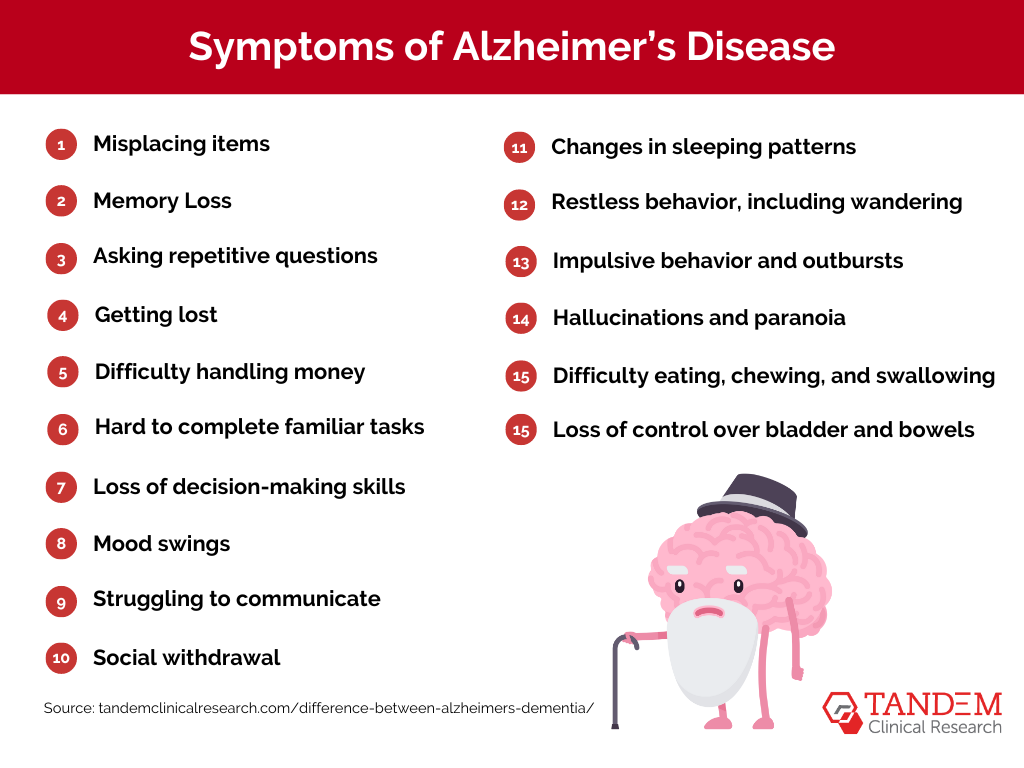
Causes of Alzheimer’s Disease
Researchers don’t fully understand what causes Alzheimer’s disease yet. However, there are a few potential causes that have been identified. These include:
- Genetics: If you have a family history of Alzheimer’s disease, you have an increased risk of developing it. This is particularly true if you have family members with young-onset Alzheimer’s. However, having a relative with Alzheimer’s disease does not inherently mean that you will develop the condition.
- Age: Your risk of Alzheimer’s increases significantly once you hit age 65 and continues to increase as you age beyond that point.
- Health: Underlying health conditions such as heart disease, high blood pressure, and diabetes may increase your risk of Alzheimer’s disease. Conversely, eating well, sleeping enough, and staying physically and mentally active could potentially decrease your risk of Alzheimer’s disease.
How Common is Alzheimer’s Disease?
About 1 in 9 people over the age of 65 have Alzheimer’s disease. This means that roughly 6.7 million people in the United States currently have Alzheimer’s disease.
Racial disparities are present in Alzheimer’s disease patients. For example, older Black Americans are twice as likely to develop Alzheimer’s as older White Americans.
Understanding Dementia
Dementia is not a specific disease but rather a collection of medical conditions that have similar symptoms. It is characterized by changes in memory and other cognitive abilities. Many patients are first diagnosed with dementia as a syndrome before the underlying cause is diagnosed.
Symptoms of Dementia
The symptoms of dementia can vary somewhat depending on the individual patient and the type of dementia they have. However, there are certain symptoms that are very common across all types of dementia.
These include:
- Loss of short-term and eventually long-term memory
- Difficulty with problem-solving and reasoning
- Inability to focus
- Difficulty communicating
- Significant changes in behavior
Virtually all forms of dementia are progressive and will worsen over time. However, the order in which symptoms appear and the rate of progression can vary between different types of dementia.
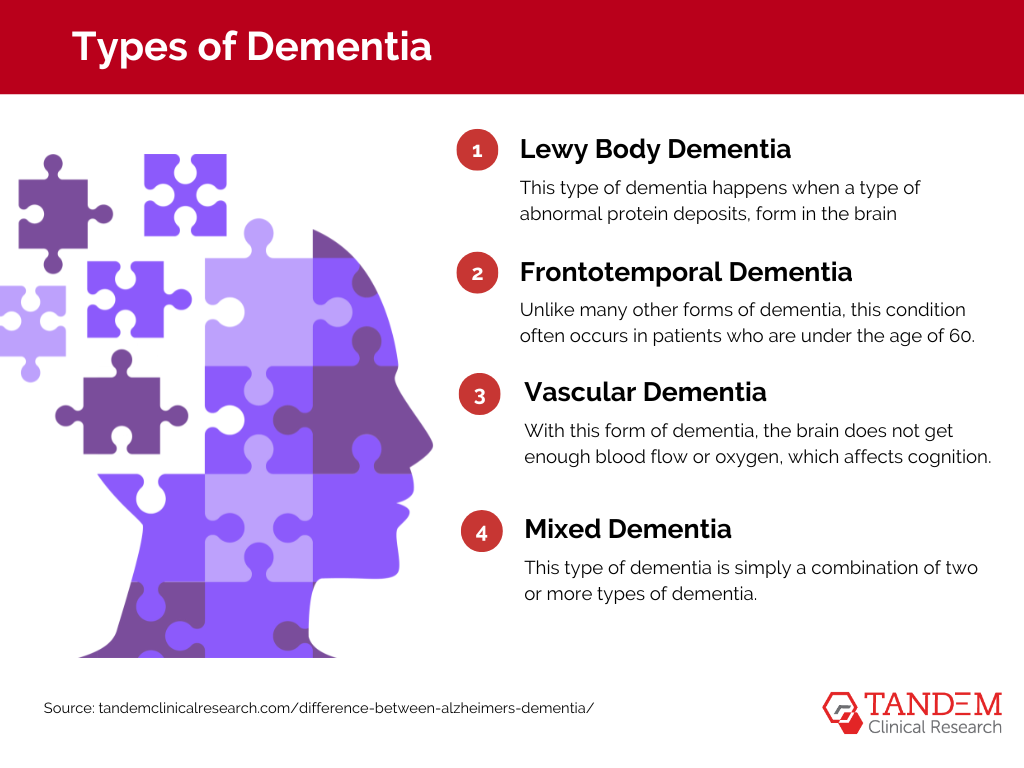
Types of Dementia
There are several different types of dementia that patients can contract. We’ve already discussed Alzheimer’s disease, which is the most common form of dementia. However, there are several other forms of dementia, including:
Lewy Body Dementia
This type of dementia happens when Lewy bodies, a type of abnormal protein deposits, form in the brain. These proteins interfere with the brain’s normal chemical processes, impacting cognition and brain function.
Symptoms of Lewy Body dementia are somewhat similar to symptoms of Alzheimer’s disease. However, patients with Lewy Body dementia are much more likely to experience hallucinations, particularly visual ones. Additionally, patients with this type of dementia may not develop memory issues first but rather struggle with problem-solving and rapid changes in alertness.
Frontotemporal Dementia
This is one of the rarest forms of dementia. Unlike many other forms of dementia, this condition often occurs in patients who are under the age of 60.
As its name indicates, frontotemporal dementia specifically affects the frontal and temporal lobes of the brain. Scientists don’t know exactly what causes the condition, but it results in damage to the neurons in these parts of the brain.
There are several different variants of frontotemporal dementia, each of which results in different symptoms. These include:
- Primary progressive aphasia (PPA): This form of dementia primarily affects a patient’s ability to communicate.
- Behavioral variant frontotemporal dementia: This is the most common type of frontotemporal dementia. It primarily affects the patient’s behavior and judgment and can cause changes in personality. However, it doesn’t always cause memory issues.
- Movement-related disorders: There are several disorders associated with frontotemporal dementia that impact movement. These disorders will affect things like walking and fine motor skills but may not necessarily affect memory and cognition.
It’s possible for frontotemporal dementia to exist concurrently with other forms of dementia, such as Alzheimer’s disease. This makes it particularly difficult to diagnose.
Vascular Dementia
Vascular dementia is a form of dementia that happens as a result of damage to blood vessels in the brain. With this form of dementia, the brain does not get enough blood flow or oxygen, which affects cognition. Symptoms of vascular dementia are similar to symptoms of Alzheimer’s, as the disease often affects memory and cognition.
There are a variety of things that can cause vascular dementia, including strokes and other brain abnormalities that can damage the blood vessels. High blood pressure and other cardiovascular conditions can also increase your risk of developing this form of dementia.
Mixed Dementia
Mixed dementia is simply a combination of two or more types of dementia. This happens as patients get older and are more likely to develop co-morbid conditions. For example, it’s not uncommon to have both Alzheimer’s disease and a form of frontotemporal dementia. These cases are more difficult to diagnose accurately because they are very complex.
How Common is Dementia?
Dementia becomes increasingly common as patients get older. Roughly a third of people over the age of 85 have some form of dementia. This is partially because patients are more likely to develop underlying conditions that can cause dementia.
By 2050, it’s estimated that there will be roughly 14 million people in the United States living with dementia.
Distinguishing Between Alzheimer’s and Dementia
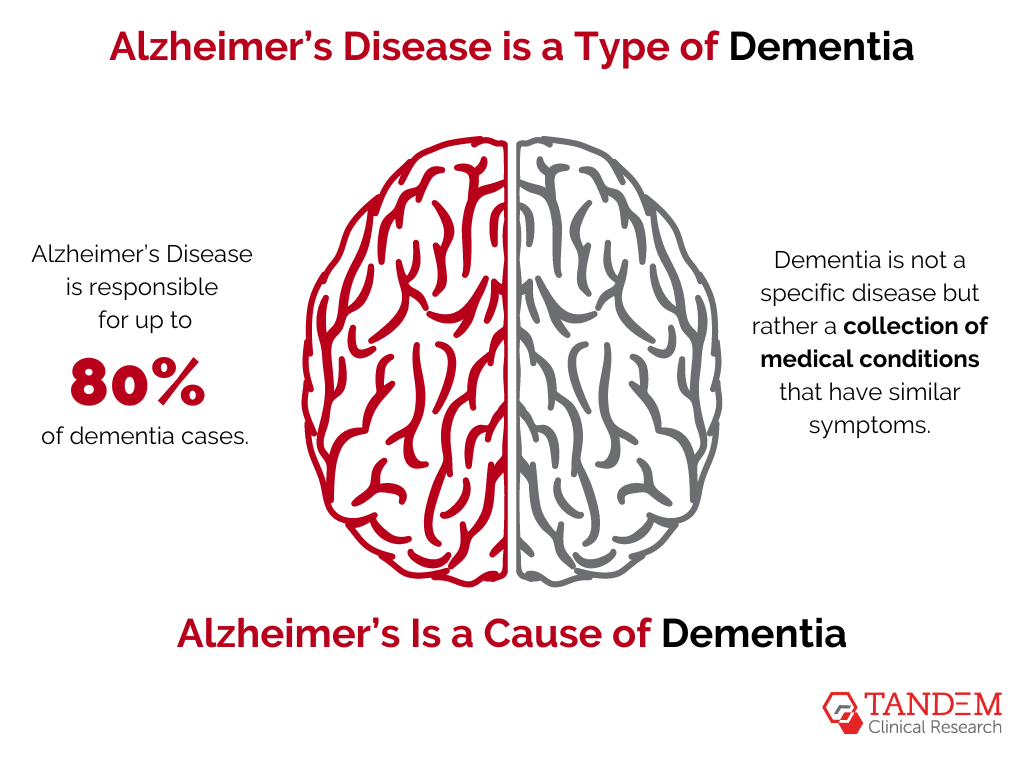
Although the terms ‘Alzheimer’s’ and ‘dementia’ are often used interchangeably, it is important to understand the difference between them to avoid confusion and discuss these neurological conditions accurately.
This is particularly important if you have a loved one with a form of dementia, will be a caregiver for patients with cognitive issues, or are at risk for these conditions yourself.
To reiterate, Alzheimer’s is a form of dementia rather than a separate condition. Because of this, there are many similarities between Alzheimer’s symptoms and symptoms of other types of dementia.
For example, many patients with both Alzheimer’s and other forms of dementia struggle with communication and completing daily tasks. Additionally, all forms of dementia are progressive, which means that symptoms worsen over time.
However, there are also some differences in symptoms between Alzheimer’s disease and other forms of dementia. For example, Alzheimer’s patients usually struggle with memory first, as this is the area of the brain that’s most affected by the disease. With other forms of dementia, such as Lewy Body dementia, problem-solving, and cognition are affected first, and there may be a more dramatic change in personality.
Most forms of dementia will eventually affect the patient’s ability to move. However, with Alzheimer’s disease, this is usually one of the last symptoms to show up. With other forms of dementia, movement issues can show up earlier. This is particularly common with dementia related to Parkinson’s disease and with certain forms of frontotemporal dementia.
These are just a few examples of the differences between Alzheimer’s and other forms of dementia. These different symptoms help doctors and scientists accurately identify what is happening in the brain of these patients with dementia.
Why The Correct Diagnosis Matter?

Understanding the differences between the various types of dementia helps patients receive an accurate diagnosis and appropriate care. Ideally, patients should obtain an accurate diagnosis in the early- to mid stages of the condition to give them and their families plenty of time to make crucial care decisions.
Treatments for each type of dementia differ, as they need to address the changes in the brain that are unique to that condition. A correct diagnosis gives patients access to the correct medication early on in the development of the condition.
For example, both Alzheimer’s disease and Lewy Body dementia are treated with cholinesterase inhibitors, but they use different supplemental drugs. Alzheimer’s patients may also receive immunotherapies to target beta-amyloid plaques in the brain, while Lewy Body dementia patients may receive a supplemental NMDA drug.
Additionally, an accurate diagnosis helps families find better care for their patients and make appropriate legal decisions for end-of-life care when the time comes. Having a loved one with a form of dementia can be very sad and distressing, but having a better understanding of what’s happening in the brain can provide some comfort.
Join an Alzheimer’s Disease or Dementia Clinical Trial Near You
Understanding the difference between Alzheimer’s and dementia not only helps patients get the care they need, but it can also help patients get diagnosed earlier. When family, friends, and even patients themselves know what symptoms to watch for, it’s easier to know when it’s time to seek medical help.
Although there’s currently no cure for Alzheimer’s disease, scientists are in the process of developing treatments for the condition and are working towards an eventual cure. Scientists are also researching the various forms of dementia to understand them better.
Joining a clinical trial for Alzheimer’s disease or other forms of dementia can give patients access to cutting-edge treatment options. This is also a hugely important way to contribute to research that will someday improve the quality of life for Alzheimer’s and dementia patients.
Reach out to Tandem Clinical Research today to learn more about current trials for Alzheimer’s disease and dementia. We’ll help you qualify for upcoming trials in your area.

